Natural resource management for tribal farmers
- Proposed areas of implementation
- Potential areas of implementation
Project Partner
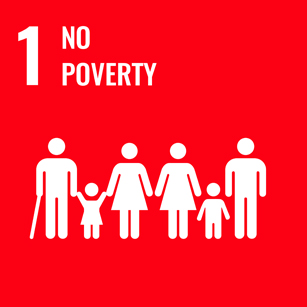
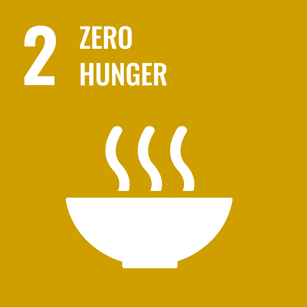
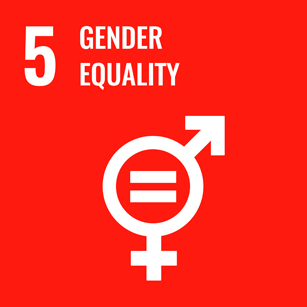

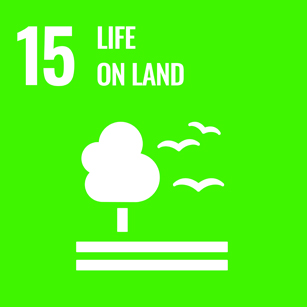

The proposed project aims to build the resilience of farming communities in the Central Indian Tribal Region (CITR), one of India’s most poverty-stricken regions. This project, led by Professional Assistance for Development Action (PRADAN), a leading agency working on large-scale rural poverty alleviation, will use an integrated natural resource management (INRM) approach (in-situ soil and water conservation) in this region to improve farming practices.
The hilly and undulated terrain in CITR limits farming options, and hinders soil and water conservation, resulting in low agricultural productivity. The rejuvenation of natural resources is critical, along with giving tools to communities, especially women, to be the powerful drivers of change for climate adaptation and building resilience. The project builds the capacity of women and tribal smallholder farmers to build resilience and adaptive capacities to manage climate-related risks and improve their income outcomes.
The duration of the project is 3 years and the indicative minimum viable scale for the project is 5 Gram Panchayats (GPs), covering 25 villages, and 1000 households in the CITR belts of Bihar, Chhattisgarh, Jharkhand, Odisha, and Rajasthan and can be scaled further based on donor interests.
Context
The Central Indian Tribal Region (CITR) is one of the poorest pockets in India. Most of this region’s population depends on agriculture for livelihood. However, due to frequent crop failures, exacerbated by degraded natural resources and low agricultural productivity, many tribal people have left agriculture and agriculture-related activities to enter the informal labour market. Frequent crop failures due to a lack of irrigation facilities drive this emigration. The landholdings are also prone to severe topsoil erosion due to the inundated terrain, exacerbating their woes. This often leaves women in charge of the landholdings with limited knowledge and access to agricultural inputs, irrigation, credit, and markets.
To address these challenges, rejuvenating natural resources is critical, along with giving tools to women to be the powerful drivers of change for climate adaptation and building resilience. Research shows that investing in and supporting women farmers (individually or in collectives) has tremendous multiplier effects on households (education, health, ownership of farm and consumer assets, poverty alleviation) and community well-being (through political participation and collective action). At the individual level, improved incomes and financial empowerment can also increase women’s agency (decision-making, improved perception of self), promoting gender equity and equality. This, in turn, has broader positive impacts on agriculture, rural development, and the economy.
The proposed project uses an integrated natural resource management (INRM) approach (in-situ soil and water conservation) to improve farming practices and build communities’ resilience and adaptive capacities to cope with climate-related risks and impacts. The project also builds the capacity of women smallholder farmers to better address and manage climate related risks and improve income outcomes.
A key focus is also on creating sustainable impact at scale through multi-stakeholder orchestration of community-based organisations (CBOs) (including Self-Help Groups (SHGs), Village Organisations (VOs), Water User Associations, Farmer Producer Organisations), Panchayati Raj Institutions, and government line departments.
The project will be implemented in 25 villages in the CITR belts of Bihar, Chhattisgarh, Jharkhand, Odisha, and Rajasthan and can be scaled further based on donor interests. The indicative minimum viable scale for the project is 5 Gram Panchayats (GPs), covering 25 villages and 1000 households.

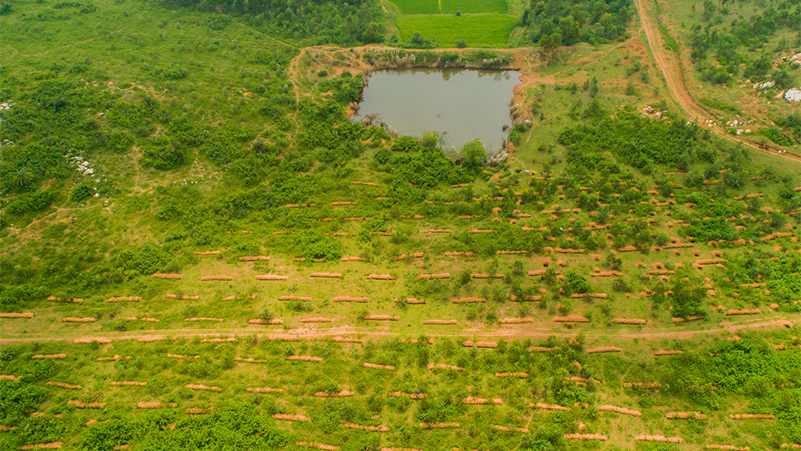




Problem statement
A spectrum of challenges impacts the agricultural productivity and incomes of communities in the Central Indian Tribal Region (CITR)
Goals and objectives
The Women Collectives-led Action Towards Environment Rejuvenation (WATER) initiative by PRADAN aims to facilitate sustainable and integrated management of natural resources across project villages by rejuvenating 5000 hectares of land through in-situ soil and water conservation, which will harvest nearly 10 billion liters of water to saturate a block of a district. The minimum viable scale for the same will be 5 Gram Panchayats covering 25 villages and 1000 households, rejuvenating 500 hectares of land and harvesting 1 billion litres of water. The water harvested will be used to enhance soil moisture and carrying capacity, which will improve yields and agricultural productivity. This will promote increased incomes, resilience, and adaptive capacity of communities to climate-induced risks and impacts.
Specific objectives of the project include:
- Undertake context-specific in-situ INRM-based soil and water conservation measures, such as land treatment land, farm-bunding, and water harvesting measures as per the land capability classification from ridge to valley in a landscape approach, to better adapt to climate change jeopardy. Contiguously, undertake water budgeting, protective irrigation, demonstration of cultivating less water-intensive crops, and use of technology such as SRI, Trellis, DSR etc. Climate risk adaptation measures will eventually feed into farm productivity and enhanced incomes of SHWFs, reducing vulnerability and building resilience to cope with exigencies.
- Create awareness among communities, community resource persons, and community leaders on climate change, land, and water resource development, INRM, and MGNREGS, to build capacity to manage natural resources and build climate resilience. The target includes building capacities of 1000 SHWFs in self-help groups (SHGs) and village organisations (VOs) in 25 villages to participate in PRA, INRM planning, and MGNREGS actively work to ensure better address and management of climate-related risks in one block.
About the organisation
PRADAN is one of India’s foremost agencies working on large scale rural poverty alleviation. Given the deep deprivation in rural pockets, particularly among tribal and vulnerable groups, it promotes sustainable livelihoods, integrated with work on issues of gender, WASH, Health & Nutrition, Climate Change, Education & Skilling, and Governance and access to rights and entitlements. Founded in 1983, PRADAN has been at the forefront of innovations in rural development. It directly works with small-holder women farmers with integrated natural resource management (INRM) to build resilience to water variability caused by climate change. PRADAN has designed methods ranging from small-scale on-farm water control measures to selecting crops that utilise residual moisture and are more adaptive to water stress/water surplus conditions.






